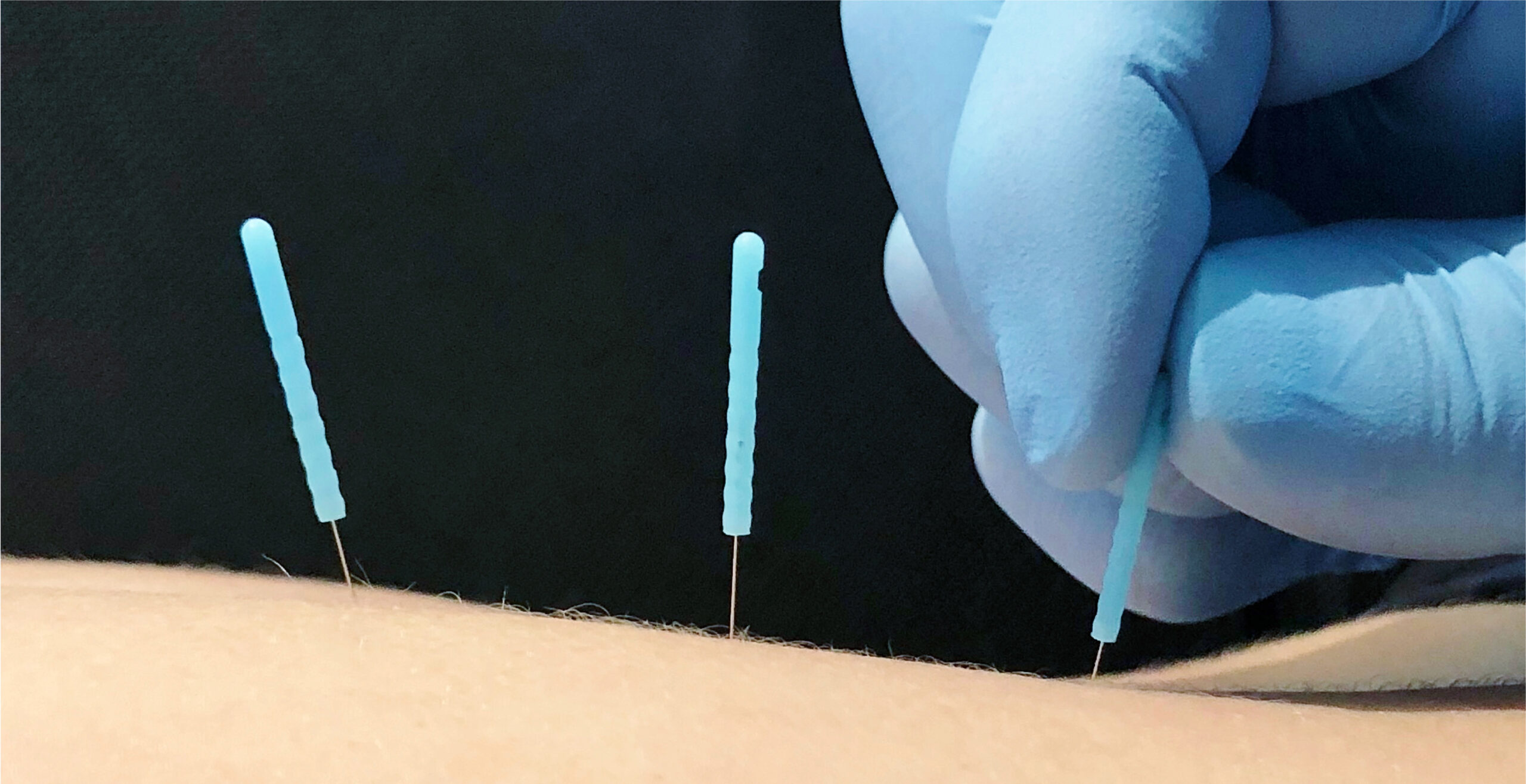
Blood Flow Restriction (BFR) Therapy.
Blood flow restriction (BFR) therapy has been gaining attention in recent years as a method for improving muscle strength and recovery, particularly in post-operative rehabilitation. With advancements in technology, the Owens Recovery Science BFR unit has become a popular tool in this field. In this blog post, we will explore the benefits of blood flow restriction therapy and how the Owens Recovery Science BFR unit can enhance post-operative rehabilitation.
What is Blood Flow Restriction Therapy?
Blood flow restriction therapy involves the use of a tourniquet or cuff to partially restrict blood flow to a muscle during exercise. The pressure applied by the cuff is typically around 50-80% of arterial occlusion pressure, which reduces blood flow to the muscle while allowing venous blood to flow out. This results in a buildup of metabolites such as lactic acid, which has been shown to stimulate muscle growth and improve recovery.
Benefits of Blood Flow Restriction Therapy for Post-Operative Rehabilitation
1. Improved Muscle Strength
Post-operative rehabilitation often involves a period of immobilization, which can lead to muscle atrophy and weakness. Blood flow restriction therapy has been shown to improve muscle strength even in the absence of high-intensity resistance training. This is because the metabolic stress caused by blood flow restriction leads to an increase in muscle protein synthesis, which results in muscle growth and improved strength.
2. Faster Recovery
In addition to improving muscle strength, blood flow restriction therapy has been shown to enhance recovery after surgery. By increasing blood flow to the affected area, BFR can help reduce swelling and promote healing. This is particularly important in post-operative rehabilitation, as swelling can impede recovery and prolong the rehabilitation process.
3. Reduced Risk of Injury
Blood flow restriction therapy can be used as a low-intensity alternative to traditional resistance training. This is especially important for patients in post-operative rehabilitation, as traditional resistance training can be too strenuous and may lead to further injury. By using BFR, patients can safely build strength and improve their recovery without putting excessive stress on their bodies.
The Owens Recovery Science BFR Unit
The Owens Recovery Science BFR unit is a state-of-the-art tool designed specifically for blood flow restriction therapy. It is a portable, easy-to-use device that allows for precise control of pressure and monitoring of blood flow. The unit also includes a range of safety features, such as automatic pressure release, to ensure that patients are using it safely and effectively.
In addition to its technical features, the Owens Recovery Science BFR unit has also been the subject of extensive research. Studies have shown that the device is effective in improving muscle strength, reducing muscle atrophy, and enhancing recovery after surgery.
Conclusion
Blood flow restriction therapy is an effective method for improving muscle strength and recovery, particularly in post-operative rehabilitation. The Owens Recovery Science BFR unit is a valuable tool in this field, offering precise control of pressure and a range of safety features to ensure safe and effective use. With its proven benefits and advanced technology, BFR therapy using the Owens Recovery Science BFR unit is a promising option for patients looking to enhance their recovery and rehabilitation.
We offer BFR therapy at both our Taylors Lakes and South Melbourne locations.
References
1. Loenneke, J. P., et al. (2012). Blood flow restriction: Rationale for improving muscle hypertrophy in humans. Journal of Bodywork and Movement Therapies, 16(3), 266-275.
2. Fry, C. S., et al. (2010). Blood flow restriction exercise stimulates mTORC1 signaling and muscle protein synthesis in older men. Journal of Applied Physiology, 108(5), 1199-1209.
3. Scott, B. R., et al. (2015). Blood flow restricted exercise for athletes: A review of available evidence. Journal of Science and Medicine in Sport, 18(3), 346-352.
4. Patterson, S. D., et al. (2019). Blood flow restriction exercise: Considerations of methodology, application, and safety. Frontiers in Physiology, 10, 533.
5. Fry, C. S., et al. (2014). Acute blood flow restriction exercise does not result in prolonged decrements in skeletal muscle function. Clinical Physiology and Functional Imaging, 34(5), 413-419.
6. Laurentino, G. C., et al. (2018). Effects of blood flow restriction on muscle activation and muscle strength: A systematic review and meta-analysis. Journal of Strength and Conditioning Research, 32(10), 2943-2954.
7. Jones, C. W., et al. (2019). Effects of blood flow restriction training on muscular strength and hypertrophy in older individuals: A systematic review and meta-analysis. Sports Medicine, 49(1), 95-108.
8. Brandner, C. R., et al. (2015). Acute blood flow restriction resistance exercise and postexercise muscle activation and recovery. Journal of Strength and Conditioning Research, 29(7), 2064-2073.
9. Hughes, L., et al. (2017). Blood flow restriction training in clinical musculoskeletal rehabilitation: A systematic review and meta-analysis. British Journal of Sports Medicine, 51(13), 1003-1011.
10. Ozaki, H., et al. (2018). Effects of 10 weeks of walk training with blood flow restriction on carotid arterial compliance and muscle size in the elderly adults. Angiology, 69(7), 592-597.




